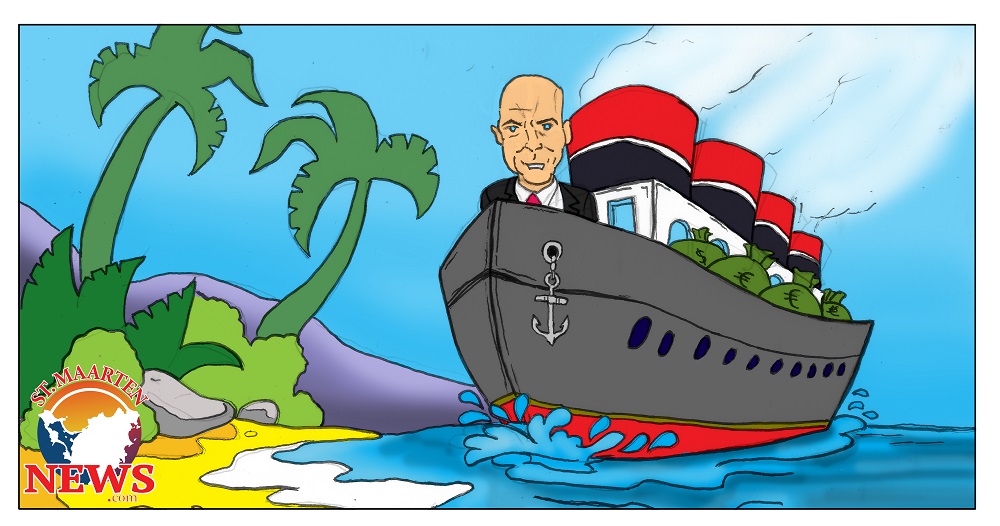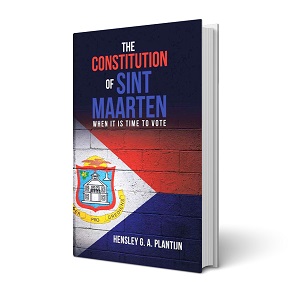SHTA sounds the alarm and supports Caribbean Reform Entity

~ A StMaartenNews.com review of the open letter of the SHTA to the Prime Minister of St. Maarten ~
PHILIPSBURG – That St. Maarten is in dire financial straits does not need further explanation. The COVID-19 pandemic has killed the local economy and at the moment of this writing, there is no end in sight to the economic misery. If nothing changes, the country will soon run out of money and then the National Alliance-led government will no longer be able to pay its civil servants. Is there a way out of this doomsday scenario? According to the St. Maarten Hospitality and Trade Association (SHTA), there is.
###
This is a Premium Article. You will have to purchase an INSIDER Subscription plan for $99 US Dollars to be able to access this Premium Article and continue reading. If you already have a Yearly Subscription, will have to upgrade to the INSIDER Subscription plan in order to be able to read this article in its entirety. SPECIAL OFFER: If you buy or upgrade to an INSIDER Subscription plan, you will not only get access to this review article about the 2020 budget of the Central Bank of Curacao & St. Maarten, but you will also receive a free copy of the book 'The Constitution of Sint Maarten - When it is time to vote' by Hensley Plantijn. Click here to purchase an INSIDER Subscription now...
SPECIAL OFFER: If you buy or upgrade to an INSIDER Subscription plan, you will not only get access to this review article about the 2020 budget of the Central Bank of Curacao & St. Maarten, but you will also receive a free copy of the book 'The Constitution of Sint Maarten - When it is time to vote' by Hensley Plantijn. Click here to purchase an INSIDER Subscription now...


























